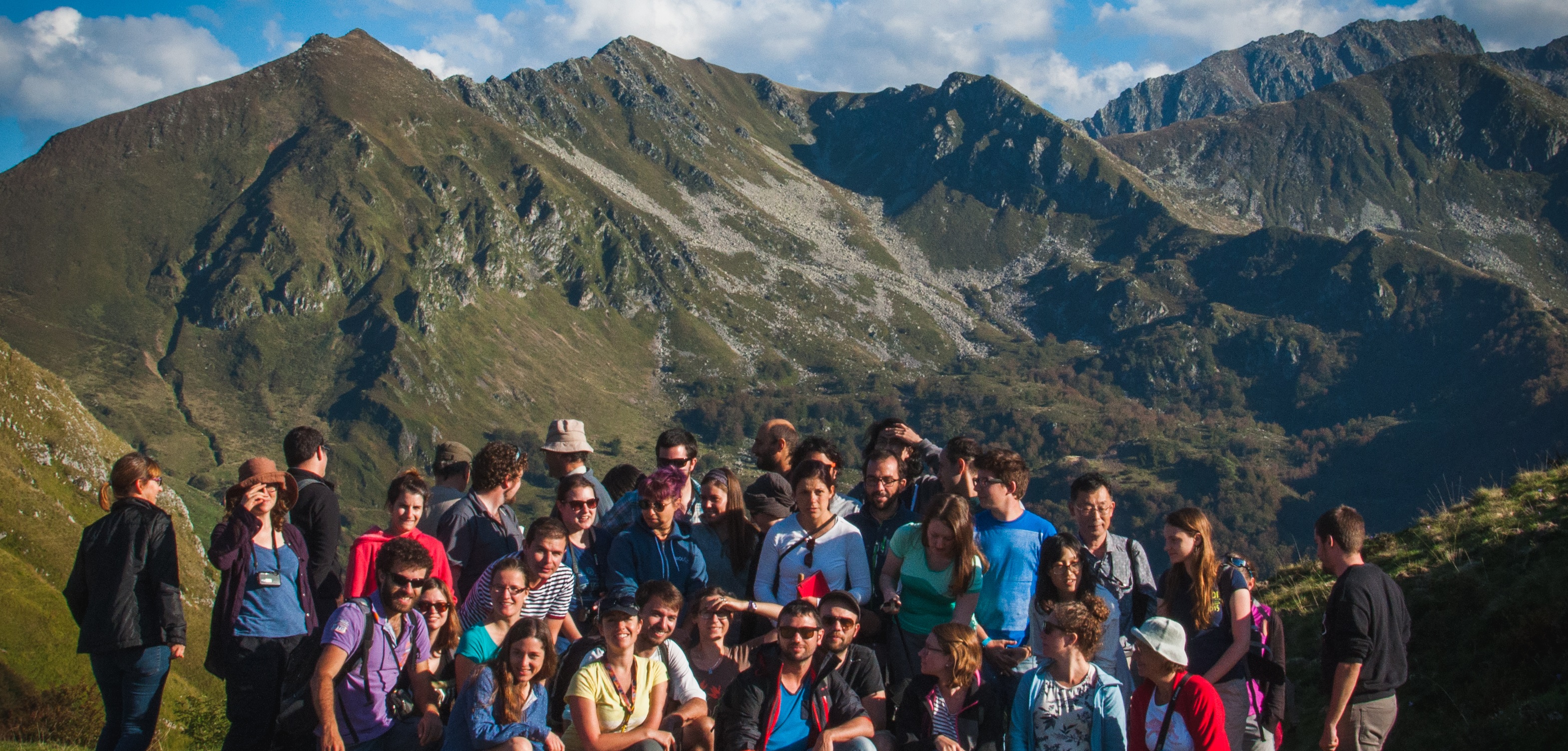PhD Research
During my PhD at the Australian National University, I investigated how oceanic rocks change when interacting with fluids (water, mostly) throughout the lifetime of the oceanic plate, from its inception near mid-oceanic ridges to its destruction in subduction zones. The chemical changes (especially hydration/dehydration) that happen in these environments are the key to global chemical recycling and generation of new continental material, and ultimately the plate tectonic system. Exploring the what, when, how and why of these processes is central to understanding the evolution of our planet.
More specifically, I’m was working on ‘fingerprinting’ different processes and fluid compositions that rocks encounter, and provide a better framework to interpret rocks that aren’t as well preserved. To get the chemical ‘fingerprints’, I sampled small parts of minerals (using lasers and ion beams) and measure the composition of the material. My core projects utilized the ratios of the light stable isotopes of boron (10B, 11B) and oxygen (16O, 18O) within hydrous minerals. The relative isotope ratios in fluids and minerals change in response to both environmental variables (temperature, pH) and the initial fluid and rock isotope compositions; when minerals (or zones within minerals) are preserved, these isotope systems can be used as efficient tracers/proxies for events that happened millions of years ago.
In most metamorphic systems, a number of common rock-forming minerals grow in the presence of fluids. Growth can occur over relatively short time periods, and successive periods of mineral growth can result in zoned patterns (like tree rings). These preserving a time-sequence which allows the extraction of information on how systems evolve. By combining a suite of chemical systems, including different element and isotope systems, we can accrue further information and better constrain how (and sometimes even why) these geological systems change.
Investigating Geochemical Records of Fluids in the Oceanic Crust
My research focused on the use of in-situ analytical methods (principally SIMS and LA-ICP-MS) to investigate the geochemical systematics of fluid-rock interaction from seafloor hydrothermal systems, through subduction and during ultra-high-pressure metamorphism.
Lago di Cignana, NW Italy
To better constrain processes active in the uppermost subducting slab, I’m investigatedthe boron and oxygen isotope systematics in metasediments, metabasalts and serpentinties from the Lago di Cignana Unit and underlying Zermatt-Saas Ophiolite (NW Italian Alps). Here we hoped to constrain the timing and extent of fluid infiltration within the unit, and better understand the fluid-mediated interactions between common lithologies in the slab. For this purpose, I developed standard operating routines for boron isotope analysis by SHRIMP, with the assistance of the technical staff here at RSES.
The Atlantis Massif, 30°N, Mid Atlantic Ridge
As part of the International Ocean Discovery Program (IODP) Expedition 357 - Atlantis Massif: Serpentinization and Life and in collaboration with Daniela Rubatto and Mark Kendrick, I’m also worked on serpentinized ultramafic rocks within an active seafloor hydrothermal system adjacent to the Mid-Altantic Ridge. We constrained previously active fluid-rock interaction processes associated with the oceanic detachment fault using halogen, noble gas and in-situ oxygen isotope analysis.


